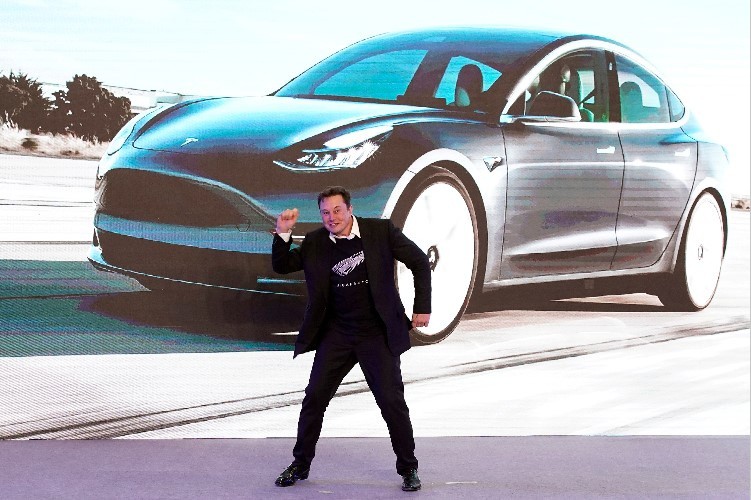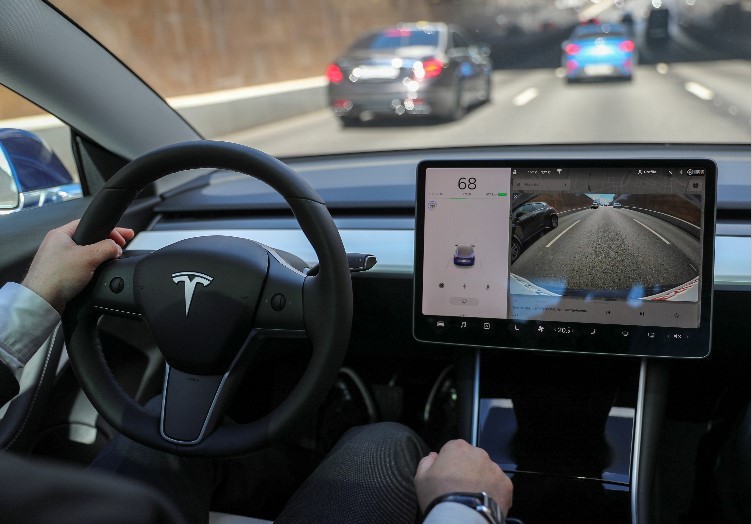Elon Musk has announced a new interesting feature on its Tesla app, a two-factor authentication (2FA). This feature has been hidden in the closet for almost a year since Musk mentioned it once in 2019. Now, the tech billionaire confirmed that 2FA will soon be applied to the Tesla app. A little late than expected.
Tesla app has a new feature that is so late now

Almost every app in the online world now has a two-factor authentication, including Facebook, Twitter, or Google. Now, Tesla joins the group. A year after tech billionaire Elon Musk first mentioned it.
Over April last year, Musk first mentioned that Tesla will have an additional security feature, but it was not named yet. In May, it was announced that 2FA will be that new feature. Until recently, the security feature was forgotten again.
However, on Friday, Aug. 14, Tesla CEO Musk announced that 2FA will soon be applied to the Tesla app via a Twitter thread. It was a little late than what's expected, and Elon knows it.
In fact, he apologized during his announcement and said it was 'embarrassingly late' from the company's part.
Sorry, this is embarrassingly late. Two factor authentication via sms or authenticator app is going through final validation right now. — Elon Musk (@elonmusk) August 14, 2020
What is the two-factor authentication?

Two-factor authentication is a highly-advised security feature applied to online apps. It is also referred to as dual-factor authentication.
As the name suggests, this security feature uses two different authentication processes. When someone loses or forgets his password or email, a 2FA requires the user to provide another info-- such as security token or biometrics-- aside from the password itself.
This makes the account more secure from any attempts of hacking or stolen accounts. Since hackers spread, different companies advised their users to opt-in this feature to avoid any unsecured infiltration.
For the part of Tesla, Elon has not yet mentioned what kind of 2FA will be expected on the Tesla app. So it is whether through a text message or the phone itself.
Here's the problem
Since two-factor authentication has already been applied to all apps, hackers still find a way to bypass this system.
According to the Verge, in 2014, the cases of intercepted two-factor authentication processes increased. This was the time when hackers were able to intervene with the account-recovery, including intercepting on phone calls or directly hacking the systems of phone carrier companies.
"The problem isn't two-factor itself, but everything around it. If you can break through anything next to that two-factor login - whether it's the account-recovery process, trusted devices, or the underlying carrier account - then you're home free," as noted by The Verge.
This article is owned by Tech Times
Written by Jamie Pancho
![Apple Watch Series 10 [GPS 42mm]](https://d.techtimes.com/en/full/453899/apple-watch-series-10-gps-42mm.jpg?w=184&h=103&f=9fb3c2ea2db928c663d1d2eadbcb3e52)



